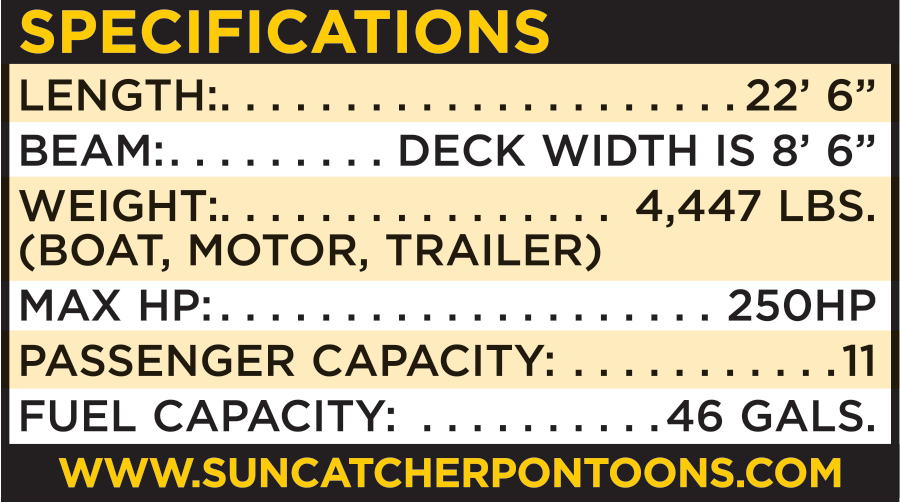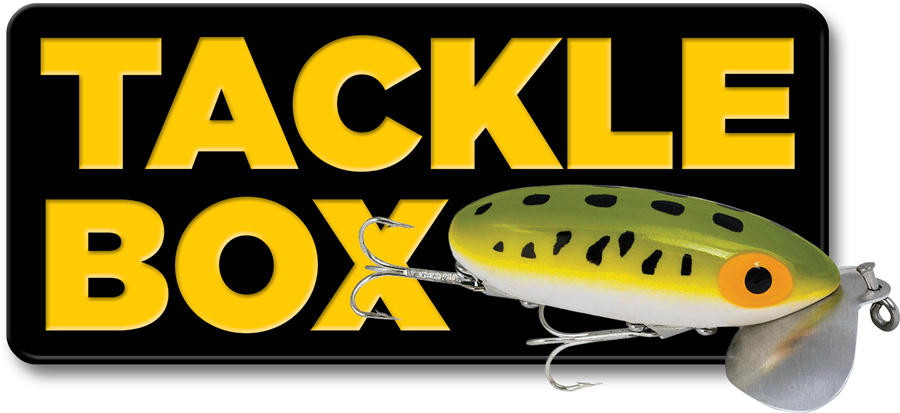
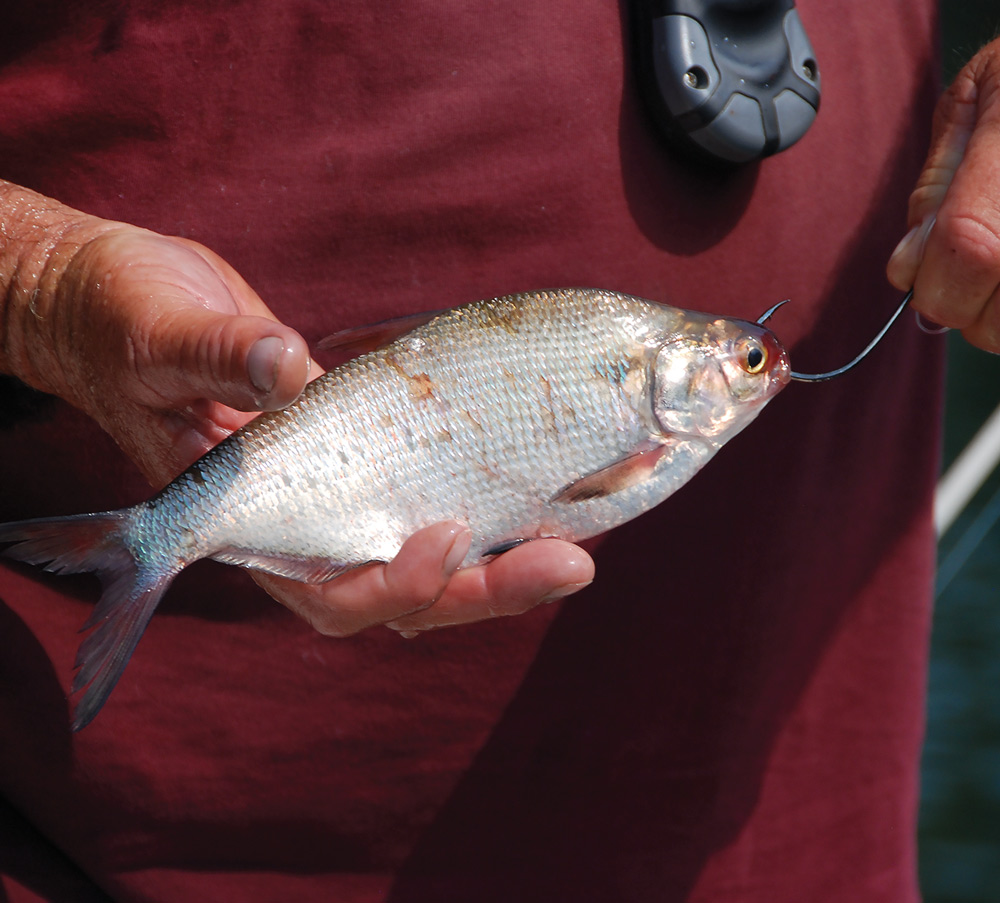
Autumn is prime time to embark on a striper safari across much of their range, where the cooling water temperature is triggering both striped and white bass into feeding mode. Hybrid wipers – white bass/striped bass crosses – are equally active in colder water and offer action through the winter months wherever open water can be found. That includes around warm-water discharges on rivers and reservoirs where the stripers congregate to feed on baitfish that seek the artificial warmth.
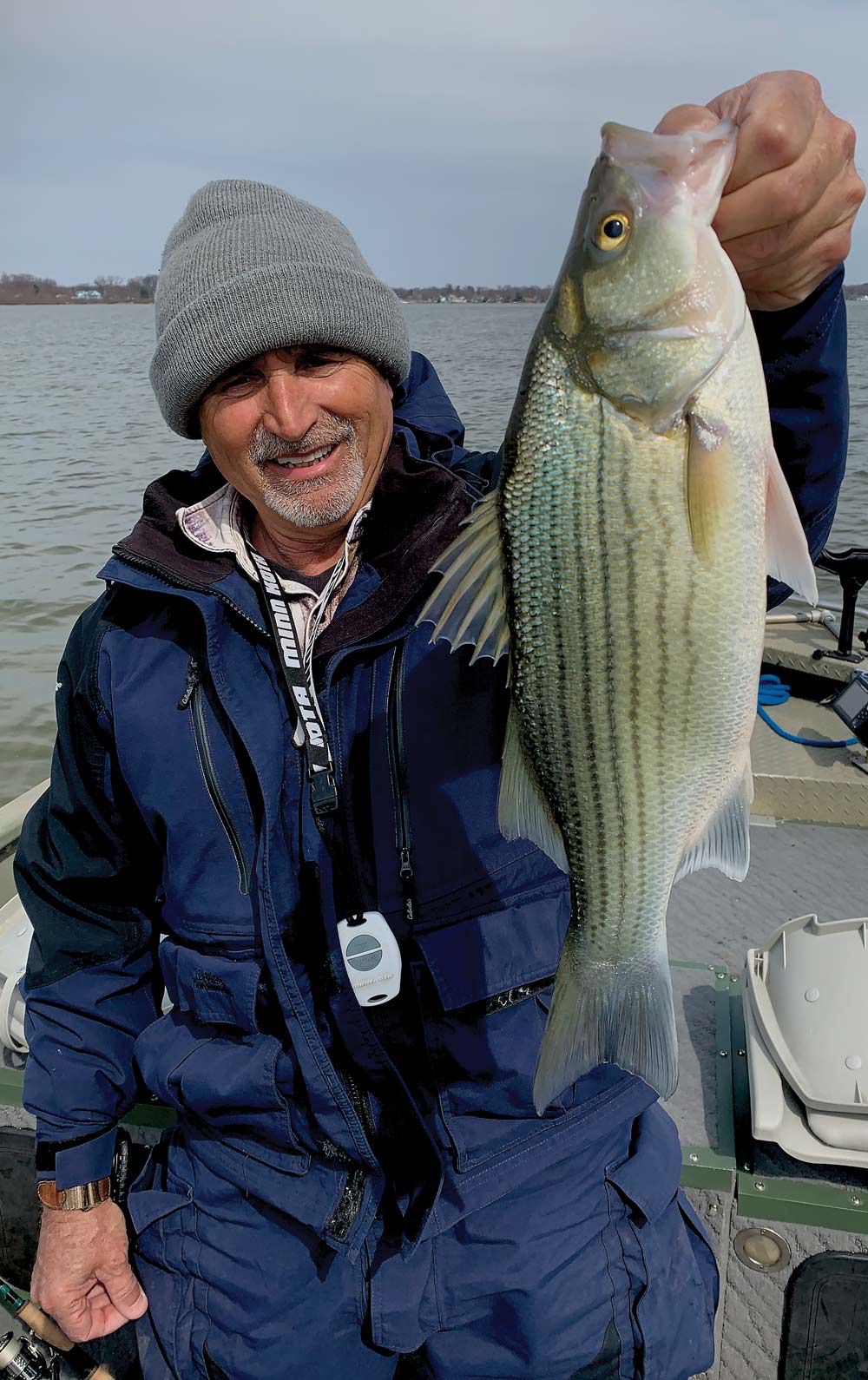
Fall fishing methods for catching striped bass and their kin are as varied as the waters in which the species are found. White bass are pushovers for small crankbaits, spoons or spinners cast or trolled at speeds a bit faster than normally used for trout, walleye, crappie and other popular inland gamefish. The fish are usually found in schools and may be seen feeding in a frenzy on the surface, where they have forced baitfish up from below. This feeding activity can often be located by watching gulls, which dive into the frantic baitfish from above with dramatic displays that direct anglers to the action. Once within casting distance, any minnow-imitating lure matching the size of the resident baitfish will be grabbed by white bass. In some areas, agitator rigs are used to draw whiter bass, wipers or striper to angler’s baits by rigging a flat-faced, rattle-filled float a few feet above a jig. The rig is cast out and retrieved with violent jerking motions to create splashes and rattling sounds to fool gamefish in the area into thinking there’s a feeding opportunity to be crashed.
A more leisurely way to catch wipers, anglers anchor-up and simply cast or drift chicken livers along the bottom, waiting for wipers to come along and pounce on the baits. Drift fishing with live shad, swim baits or large jigs fitted with soft plastics or strips of fresh fish is a popular method among boaters who motor out into the middle of large reservoirs where stripers are found and turn off their engines to allow the breeze to push their craft quietly over the fishing grounds, where they drop their offering into the drink at various depths until they hook-up. Stripers prefer cooler water than wipers or white bass and fishing the 50–65-degree depths in any lake will increase your odds of having your bait in the stripers’ comfort zone.

To find out if a water near you contains a viable population of stripers, wipers or white bass, contact your local department of natural resources or fisheries agency and inquire, or do a web search using striped bass as a key word and see what comes up locally. You may be closer than you think to getting a striper on that pole!

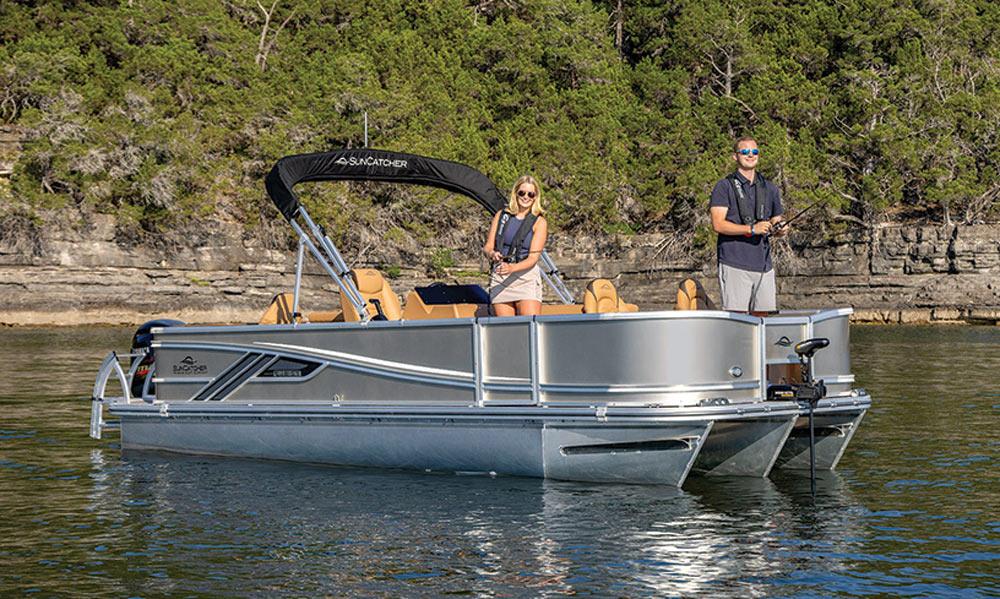
The bow fishing layout includes an aerated 10-gallon, Rotomolded livewell with a handy cupholder at the top. The starboard corner box can double as a cooler or fish box. Vertical rod holders are on both sides allowing for up to six rods and there is a pair of dedicated fishing seats located in the bow, with an optional half gate and trolling motor. The stern fishing platform offers a livewell, cutting board, knife slots, cupholders and four more rod holders, as well as another pair of fishing seats. A stern gate and aluminum boarding ladder provide easy water access for watersports enthusiasts and proximity to a great place for stand-up casting and catching as you pursue some of freshwater’s fightingest gamefish. Check out the photos on SunCatcher’s website and tell me this isn’t a beauty of a multi-purpose fishing pontoon!
